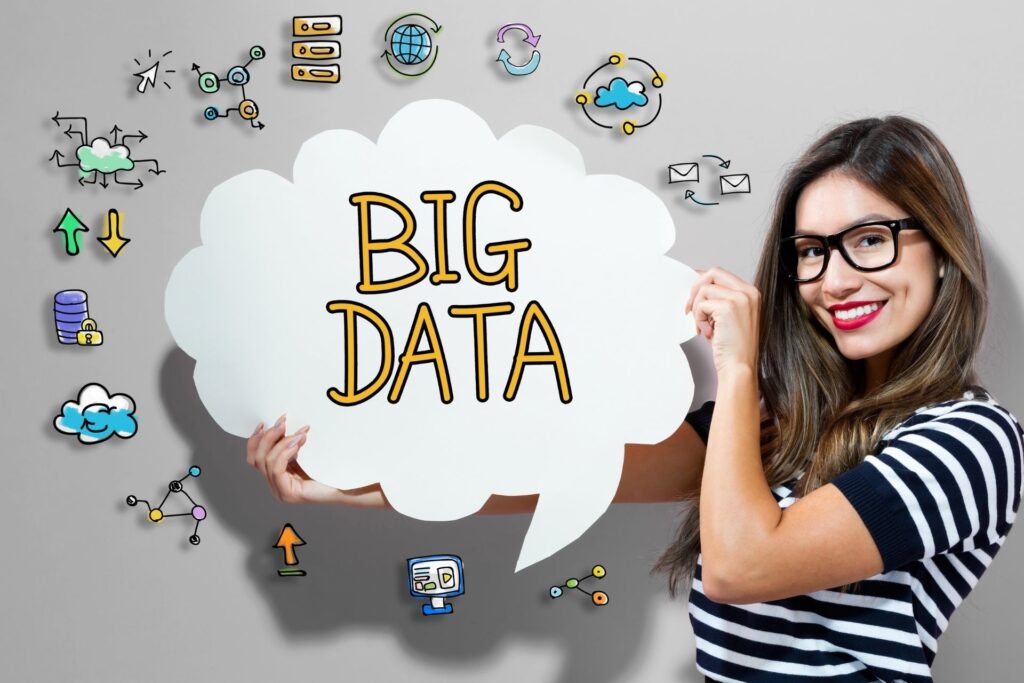What Is Big Data?

Currently, the concept of big data is linked to the production process of the company, business, service, and customer. This term, which has evolved over the years, refers to the storage and management of data. In businesses, they manage this large volume of data to obtain information for their benefit.
What does this mean? Thanks to the big data service, companies use this information to improve their businesses’ decisions and strategic movements. Capturing, managing, and analyzing that data is not an easy task due to the combination of data sets and the speed of growth. That data set ranges from 30-50 Terabytes to several Petabytes, figures that may vary over time.
Table of Contents
Big Data Structure
The data that makes up big data is vast and complex and can be prevented from many different sources.
- Mobile and internet data.
- Sectoral data collected by specialized companies.
- Experimental data
The data, in turn, can be raw or be preprocessed by software tools. And they exist in a variety of file types.
- Unstructured data types, such as videos, documents, or audio.
- Structured data types
- Semi-structured data types, such as reports, spreadsheets, or software.
Big Data And Its Three Vs
The big data that make up Big Data is characterized by three Vs.: volume, variety, and speed.
Volume
With big data, large volumes of unstructured data must be processed. For example, on a web page or mobile application, the clicks or feedback are registered on social networks such as Twitter, Facebook, or Instagram. This analysis can amount to hundreds of terabytes, petabytes, or even exabytes of captured data for some companies.
Speed
It refers to the rate at which the data is received. The highest speed of data is usually transmitted to memory rather than to disk. On the internet, we find some smart products that work in real-time.
Variety
They are the different types of data available. Before, data was structured and organized in databases, but today, with the advancement of technologies and the rise of big data, this data has become unstructured or semi-structured. An example of this is audios, videos, or texts that require special preprocessing to enable metadata.
The Importance Of Big Data
Big data comes to provide solutions to store, search, analyze and display very large data sets. Data becomes important information about the needs and preferences of customers. It helps companies take advantage of this information to identify new business opportunities more quickly and efficiently. These would be some of the advantages of big data.
- Better decisions. Companies can analyze information faster and more efficiently, thanks to the speed of big data.
- Cost reduction. Today great technologies and advances such as cloud-based analytics provide great advantages and benefits if we talk about costs.
- New products and services. The ability of companies to analyze the needs and preferences of customers translates into a new showcase of new products and services to satisfy what the user wants at that time.
In conclusion, it can be said that both companies win in the productive process company-client. And all thanks to big data and its collection of data and large amounts of information. Efficiency in the company’s operations is increased, with greater benefits and profits, and, at the same time, customers receive the products and services they truly want and need.




